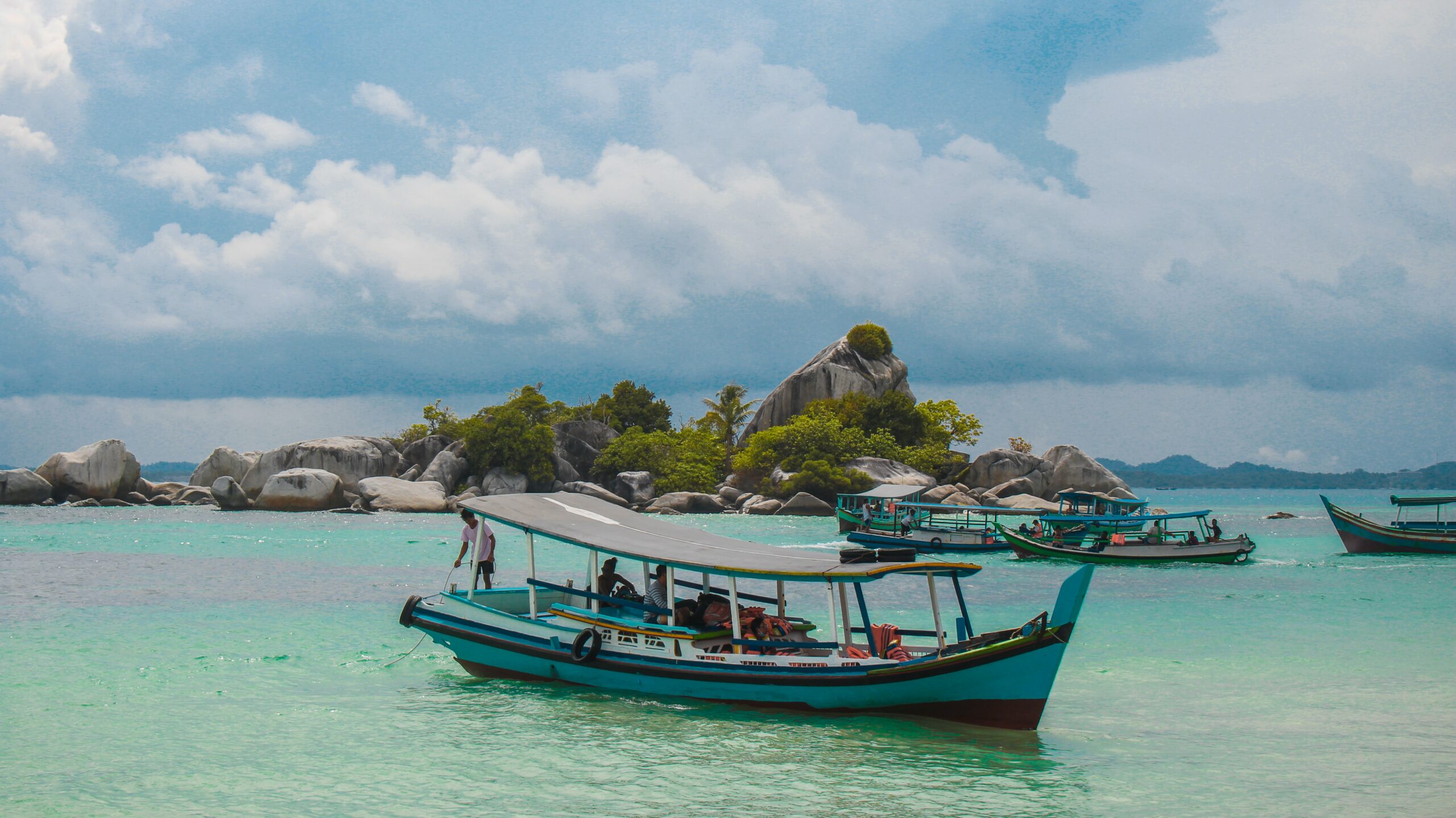
Tresco Island in England
After St Mary's, Tresco is the most visited island in the Sealy archipelago, but whole ships of tourists manage to get lost on the two-square-mile island. It used to be the private domain of the Devon abbey of Tavistock, and Tresco still retains a monastic, somewhat privileged atmosphere. There are no inexpensive short-stay accommodations there like on St Mary's. Depending on the tide, boats stop at New Grimsby, halfway down the west coast, at the little quay in Old Grimsby on the east coast, or at the extreme southern point of Carn Near. Either way, you can walk to Abbey Gardens in minutes. In the park you can see the ruins of an abbey amid subtropical gardens, laid out in 1834.
...
You won't have to walk far to find great sandy beaches. One of the best is Appletree Bay, a short stroll from the south ferry landing at Carn Near. Old Grimsby, at the eastern end of the island, has a couple more sandy beaches that look out over a submarine-like cliff. There's another excellent sandy beach close to the Old Grimsby group of cottages on the west side of the island.
...
To the north the tidy fields of Tresco turn into heather and holly heath, and a narrow track runs along the coast to Charles Castle, built in the 1550s. Strategically positioned above the strait separating Tresco from Braicher, the castle was in fact poorly planned: its guns could not fire far enough, and in 1651 it gave way to the more defensible Cromwells Castle, of which today only a tower with loopholes remains, built at sea level next to a beautiful sandy bay.